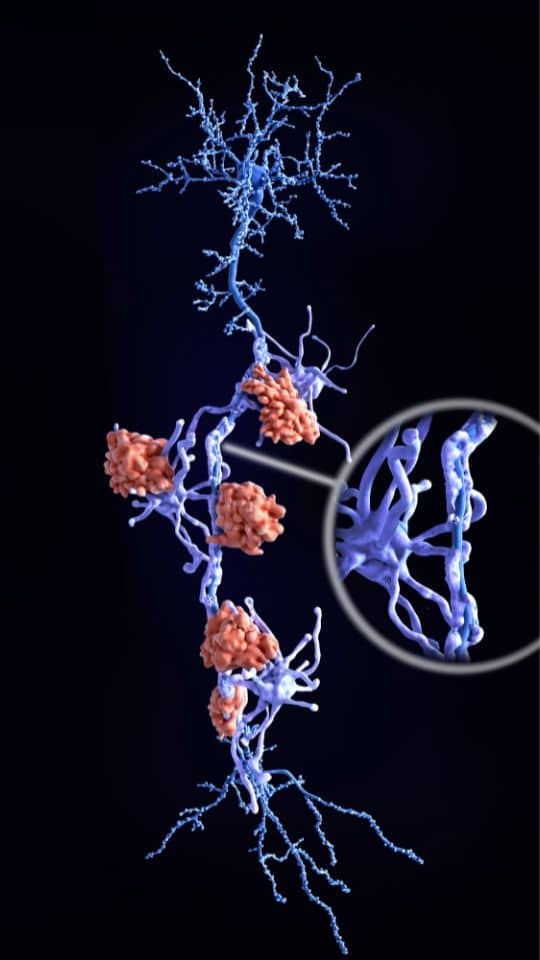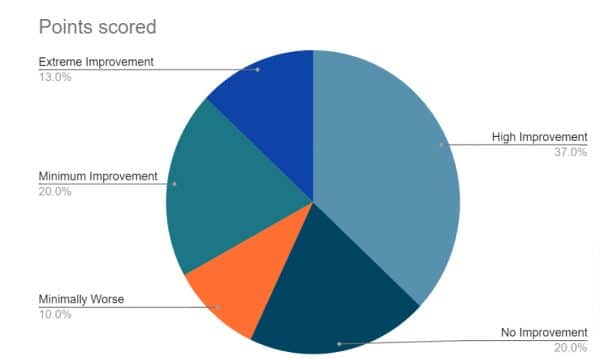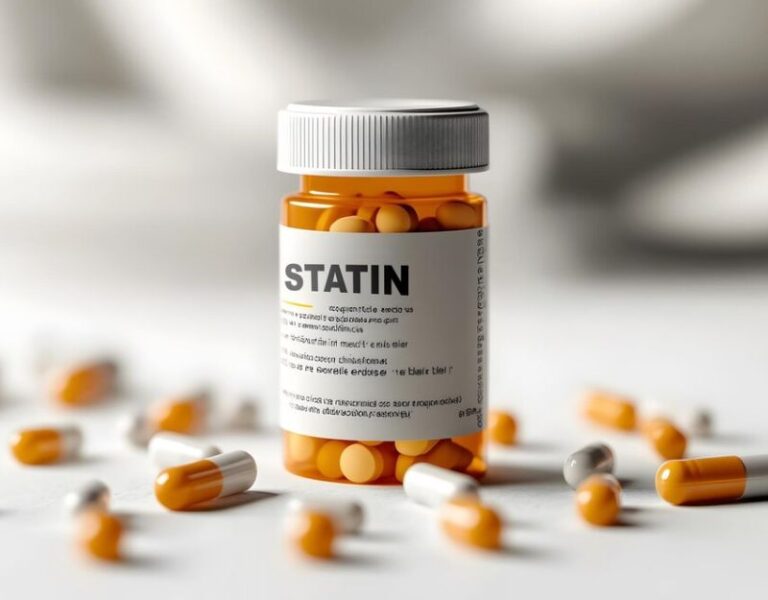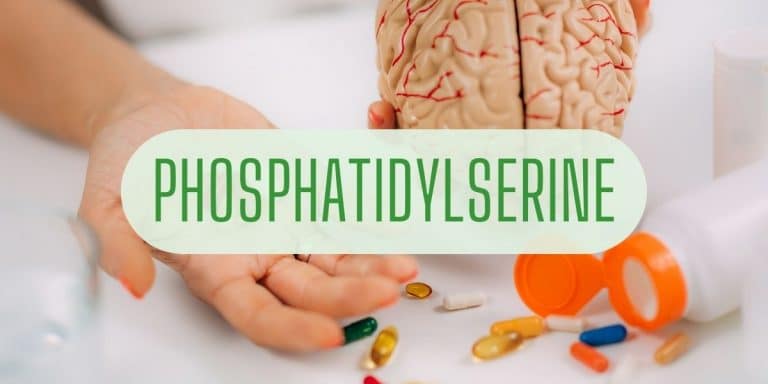Low-dose Naltrexone for Pain and Inflammation
Naltrexone is classified as Opiate Antagonist which is indicated for the treatment of alcohol dependence and opioid dependence cessation programs in addition to rapid detoxification from opiate overdose.
Low-dose Naltrexone (LDN) is indicated off-label use for the treatment of inflammation and pain in chronic conditions such as fibromyalgia, multiple sclerosis and crohn’s disease. Naltrexone has a dual dose-dependant actions:
- A normal dose (50 to 100 mg) of Naltrexone contributes to blocking opioid receptors for the treatment of opioid addiction.
- Low-dose Naltrexone (up to 4.5 mg) blocks glial cells (non-opioids receptors), which exerts its anti-inflammatory effect. LDN is therapeutically classified as a glial cell modulator.
- Low-dose Naltrexone (LDN) exhibits an increase in endorphins released to moderate the immune system and decrease the inflammation in the body.
- Chronic pain treatment does not require complete blockage of opioid receptors; that’s why chronic pain treatment requires low doses.
- Scientific evidence shows that low and high dosage regimens have a different impact physiologically.
Low-dose Naltrexone for Chronic Pain
Low-dose Naltrexone mechanism of action differs from the normal doses action; only a small dose of Naltrexone is needed to exhibit an anti-inflammatory effect on microglial cells in the central nervous system, which doesn’t occur with the higher doses.
Crohn’s Disease
Crohn’s disease is an inflammatory bowel disease affecting the body from mouth to anus, which contributes to the swelling of the digestive tract, malnutrition, diarrhea, weight loss, and abdominal pain, patients who experience these symptoms have “Active Crohn’s disease” while “Remission” is the phase when symptoms stop.
Low-dose Naltrexone has proved to reduce chronic pain, inflammatory markers and disease severity, LDN therapeutic effect in Crohn’s disease tends to be more effective than the results seen in Fibromyalgia, with 80% more significant improvements.
Clinical data suggest that Low-dose Naltrexone may be beneficial in clinical response for adults with active Crohn’s disease. Two randomized controlled studies of 46 adult patients with “Active Crohn’s disease” and 12 children with “Active Crohn’s disease” administered Low-dose Naltrexone (4.5 mg) for 12 weeks:
- Low-dose Naltrexone improved the disease’s clinical symptoms, including a reduction in the inflammation of the digestive system.
- Results suggest that LDN is beneficial for a clinical and endoscopic response.
- A low number of the participants observed side effects such as fatigue, nausea, vomiting, decreased appetite, and headache.
- Low-dose Naltrexone therapy in active Crohn’s disease requires more randomized controlled trials to observe its efficacy and safety due to fewer available clinical trials.


Multiple Sclerosis
Multiple Sclerosis is an inflammatory demyelinating disease of the nervous system; randomized studies have shown that Low-dose Naltrexone (LDN) improves the severity of symptoms and reduces spasticity and mental health.
LDN effects on quality of life have been tested in placebo-controlled double-blinded crossover studies:
- Low-dose Naltrexone supporters by an American fund study found effective improvements in the quality of life.
- Another study from Iran found no significant result in patients receiving 4.5 mg per day.
- A retrospective study for Multiple Sclerosis long-term treatment found that Low-dose Naltrexone therapy managed to prevent the symptoms of the disease without adverse effects on the quality of life.
- In a retrospective study of 215 participants who took Low-dose Naltrexone (LDN) due to fatigue:
-
- 75% reported improved quality of life after LDN therapy.
- 60% had a reduction in fatigue.
- 4 participants only reported that LDN increased their fatigue.
- The rest of the participants reported no significant change in energy levels.
Many studies have addressed the efficacy, safety, and tolerability of Low-dose Naltrexone (LDN) in Multiple Sclerosis for the management of symptoms and improvement of physical health, but for the progression of the disease, the evidence is limited to animal studies.
Fibromyalgia
Fibromyalgia is a chronic pain disorder of the central nervous system resulting in mechanical stimulation disorder and skeletal muscle pain. Low-dose Naltrexone (LDN) exerts an immune-modulation effect on the glial cells by inhibiting microglia activity resulting in reduced inflammation peripherally and centrally which is beneficial for fibromyalgia patients.
Low-dose Naltrexone results in more than 30% reduction of Fibromyalgia symptoms and shows a significant improvement in pain disorders with minimum side effects of insomnia, Accordingly we conclude that LDN low cost and tolerability is an effective treatment for Fibromyalgia.
In a crossover study focusing on fibromyalgia-associated pain and symptoms of 8 women over 10 weeks compared to baseline. After 8 weeks of therapy with Low-dose Naltrexone (LDN), pro-inflammatory markers were reduced, and significantly less pain and symptoms were reported without any side effects.

How do you get Low-dose Naltrexone ?
Low-dose Naltrexone is a custom made compounded drug with so many promises to patients with chronic health conditions like Rheumatoid Arthritis, Crohn’s disease and Inflammatory Bowel Syndrome with a very low side effects profile compared to most drugs.
Low-dose Naltrexone is affordable for the majority of patients and requires a prescription.
Contact Welltopia Pharmacy and we will recommend your healthcare provider to prescribe it if necessary.







